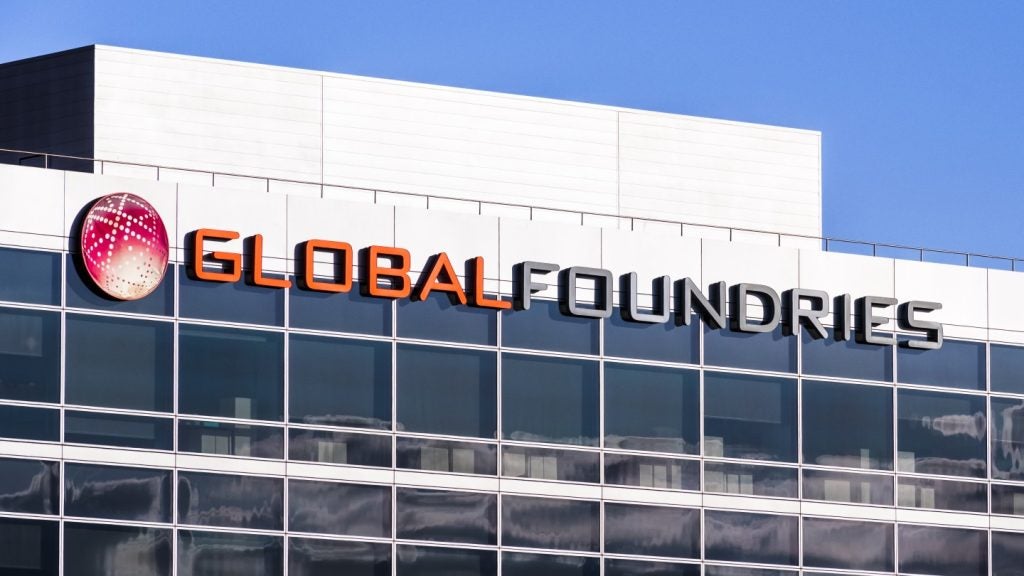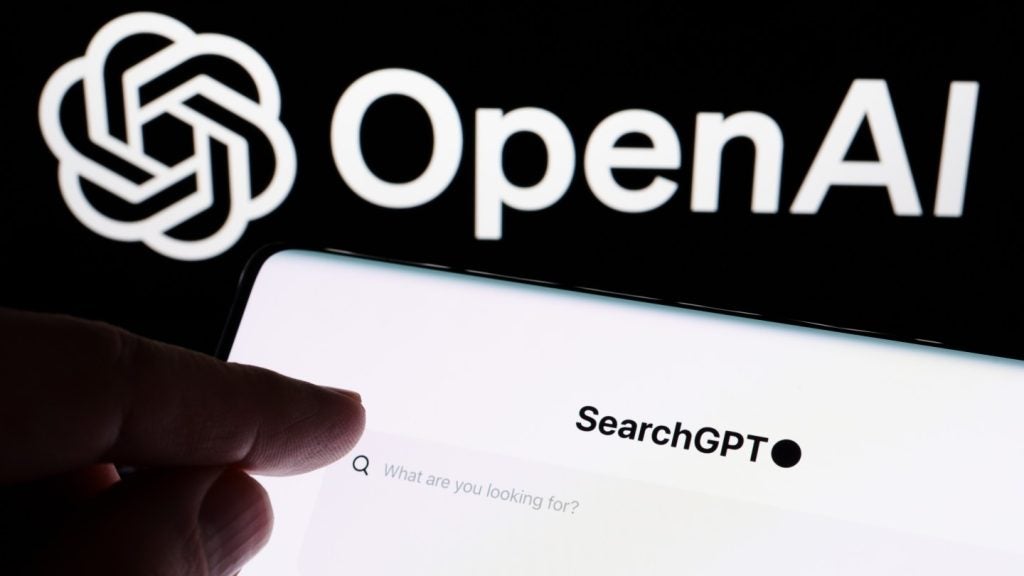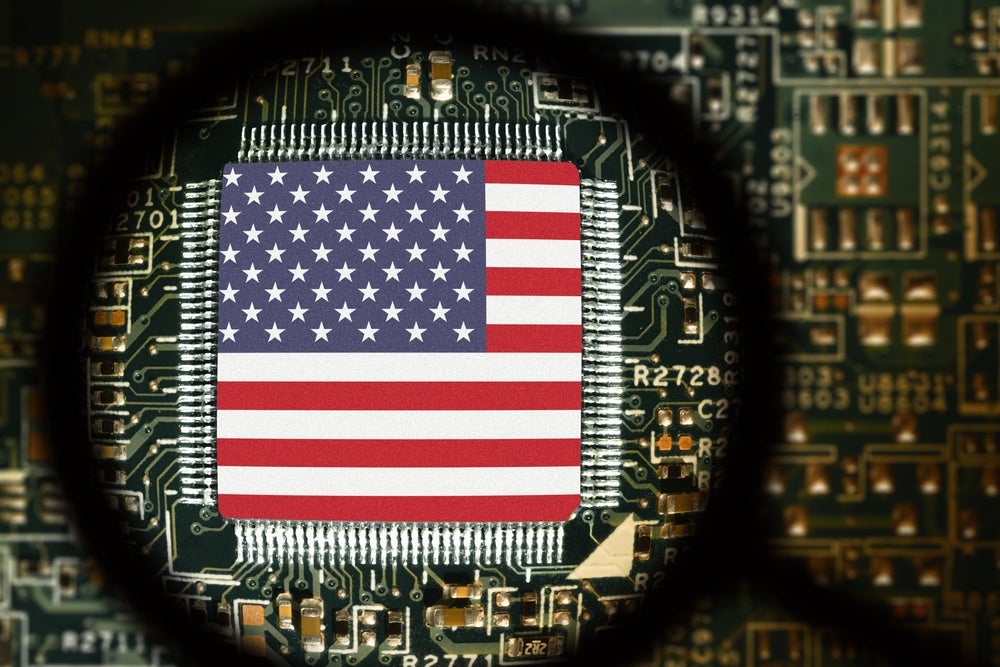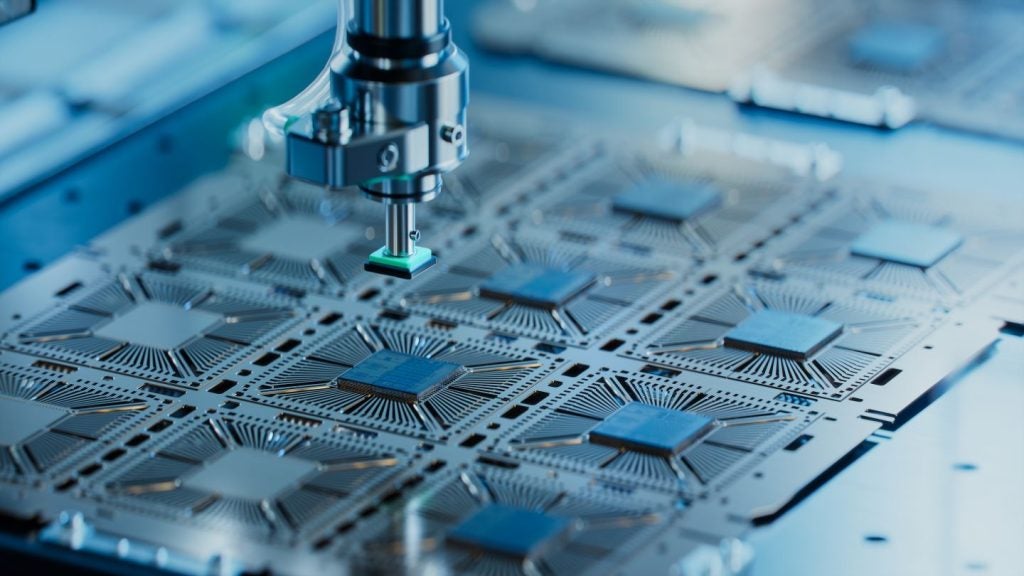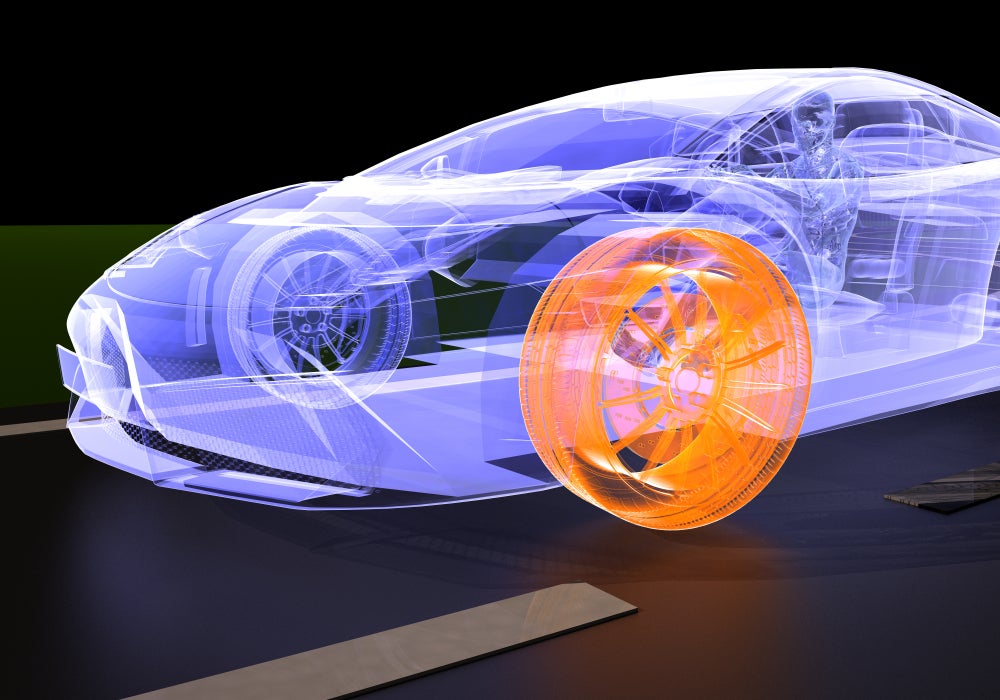
With a number of companies in the automotive space pushing to get their autonomous vehicles on the roads, the urban mobility landscape looks likely to continue to transform in 2020.
Although the safety, ethics and timeframe for getting driverless cars on the roads are frequently debated, the technology behind autonomous vehicles receives less attention, but is of equal importance.
For level four driverless cars, the need for low latency and high bandwidth is paramount, and the processing power needed for this, as well as increasingly complex software, presents a challenge.
The technology behind the hype
One company at the forefront of this is Xilinx. The US-based company that specialises in programmable logic devices, and invented the first invented the field-programmable gate array. In recent years, the company has become a major player in the automotive space, as connected and autonomous vehicles advance.
Central to autonomous vehicles are domain controllers, which process the data from various sources within the car. The ability to perceive surroundings is crucial, and the analysing of this information to navigate and avoid obstacles at high speed requires powerful technology.
Xilinx recently debuted a new pair of chips the company believe could accelerate the deployment of driverless cars of the future. The ZU7 and ZU11 are “adaptive devices” for advanced driver assist and autonomous driving systems, the most powerful Xilinx chips yet.
Speaking at the 2019 Xilinx Developer Forum in The Hague, Wayne Lyons, marketing director of automotive at Xilinx explains that there are many technical requirements that must be taken into account when it comes to the technology behind the vehicle:
“You have the sensor data that you’re aggregating in the domain controller .You’re doing the point cloud pre processing…in a synchronised fashion to the SCALA system. That might be doing path planning and behavioural analysis based on where it thinks everything is. You’re taking in data from RADAR and LIDAR and all of that needs to be synchronised before it’s handed off. You’re then doing high speed data distribution into the rest of the system…you’re performing deep learning acceleration. So all of these functions are being performed in the in the ZU7 or ZU11 hardware.”
Multiple data sources
According to Futurecar, Xilinx claims its new products offer “the highest programmable capacity, performance and input/output capabilities enabling high-speed, data aggregation, pre-processing, as well as compute acceleration”.
Lyons explains that for companies at the cutting edge of the autonomous vehicle industry, this type of power is becoming a necessity:
“When you start to integrate maybe multiple cameras, and maybe multiple radars together, and possibly you start to fuse data between the two of them, usually to keep up with the changing NCAP requirements, then you need the higher complexity, higher adaptability of the ZU4 and ZU5 devices. And so that’s where we start to see those devices coming in. And sometimes they’re actually deployed still at the edge.
“Or sometimes they’re actually deployed in the centre that really depends on the specific manufacturers vehicle architecture. And then finally, the ZU7 and ZU11. And they are very much focused in the centralised domain controller. And when we’ve worked with either Robo taxi or tier one companies, they’re clearly at this point in time, that pulling in multiple areas and multiple lines of sensors from the edge.”
Ramine Roane, vice president of AI and software at Xilinx told Verdict how this technology is enabling the vital low latency:
“Low latency is probably one of the biggest advantage of FPGAs versus CPUs and GPUs. And the reason for that is that CPUs and GPUs…latency is not predictable in that because it’s based on interrupt, and then the CPU response to the interrupt…it’s not predictable when it’s going to respond. And usually the response time is quite big, with FPGAs because you can build custom hardware, you can know precisely when the response is going to come.
“It’s very predictable. And you can make it as low as you want by design. You basically do a custom response to a stimuli…So that’s, that’s one of the biggest advantage of custom hardware is that you control the latency and you can make it small. And that’s one of the reasons why we are successful in automotive.”
Driverless cars must also have some form of machine vision in order to recognise objects. Deep neural networks, which require large volumes of data, are deployed so that the vehicle can “learn” how to respond to different scenarios.
Lyons explains how this is changing:
“What we’re seeing gradual transition from the traditional computer vision platform. Using AI for object detection, tracking and collision avoidance…and its been employed in edge sensors like cameras, RADAR and LIDAR. We’re also seeing AI in terms of looking at the alertness of the driver, looking at their gestures, and also, taking into account of their preferences as well.”
“There’s no doubt in my mind”
According to AI Business, Xilinx chips are used in 111 different vehicle models, with the company shipping 167 products to automotive companies as of the end of 2018. It is therefore well-positioned to predict how the emerging industry will take shape over the next few years.
Roane told Verdict that every automotive company, autonomous or otherwise, is increasingly embracing technology:
“Car companies 20 years ago weren’t really tech companies. Now you look at car companies like Tesla, they hire the same people as Google and Facebook. And it’s literally a high tech supercomputer, which happens to have four wheels. And no engine is a couple of motors here and there. Every company is moving towards tech and towards AI…we’re part of that because CPU architecture hasn’t improved in 19 years. And with our platform, they can build domain specific accelerators, domain specific architecture that can accelerate their applications.”
In February, the Department for Transport said that it wanted to see fully autonomous vehicles on UK roads by 2021. Roane has no doubts that the future of the automotive industry is autonomous:
“It’s going to happen. There’s no doubt. If it’s not in two years, it’s going to be in four, if it’s not in four it’s going to be in six. If it’s not in six it will be in ten, in 20. But it’s going to happen, for sure. And the technology is going to get us to a point where…it’s going to be much safer than a human driver. There’s no doubt in my mind.”
Read more: What’s standing in the way of driverless cars? It could be you.



